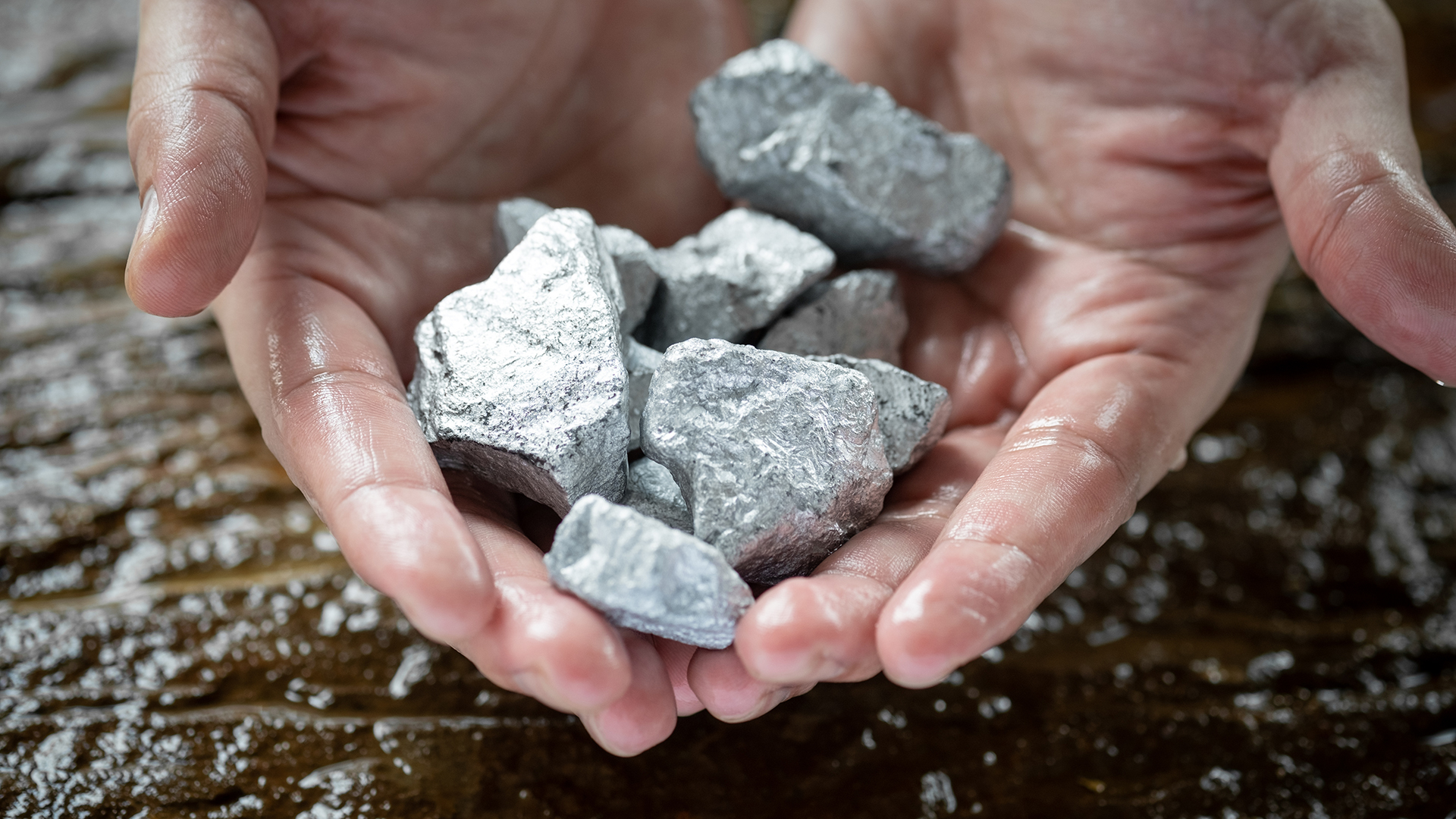Several prominent fellows from the European Academy of Engineering (EAE) participated in the Global Rare Earth Supply Chain Innovation Summit held in Berlin. This high-level summit convened industry leaders, policymakers, and scientific experts to address the critical challenges posed by the global shortage of rare earth elements (REEs), which are essential components in modern electronics, renewable energy technologies, and defense industries. With supply chain vulnerabilities threatening key sectors of the global economy, the summit focused on developing innovative engineering solutions to ensure a more resilient and sustainable supply of these strategic materials.
Recognizing the indispensable role of rare earth elements in advanced technologies such as electric vehicles, wind turbines, and military hardware, EAE fellows contributed to the summit by presenting a series of proposals aimed at enhancing rare earth recycling processes and identifying potential material substitutes. Through interdisciplinary collaboration, EAE is committed to advancing technological innovation that will not only reduce Europe’s dependence on external suppliers but also mitigate the environmental impact of rare earth mining and processing.
During the summit, EAE experts emphasized the importance of applying cutting-edge engineering methods to improve the efficiency and scalability of rare earth recycling technologies. By refining extraction techniques and utilizing advanced material science, it is possible to recover higher quantities of rare earths from electronic waste and industrial byproducts. The proposals put forward by EAE fellows included the development of automated recycling systems, new chemical processes for separating rare earths from complex mixtures, and innovative reuse strategies for materials commonly discarded in the production process. These efforts align with broader EU initiatives to promote a circular economy and reduce reliance on virgin raw materials.
In addition to improving recycling practices, the EAE panel also explored the potential for developing alternative materials that can replace rare earth elements in certain applications. Through targeted research and development, EAE aims to identify and promote materials that possess similar physical and chemical properties to REEs, thereby diversifying supply options and reducing pressure on rare earth reserves. This includes exploring new composites, nanomaterials, and synthetic alternatives that could be deployed in high-tech applications without compromising performance.
The outcomes of the Global Rare Earth Supply Chain Innovation Summit are expected to contribute significantly to Europe's efforts to secure a stable and sustainable supply of critical materials. By strengthening rare earth recovery technologies and advancing the search for material alternatives, EAE is playing a key role in helping Europe enhance its domestic production capabilities. The Academy’s involvement also underscores the urgent need for international cooperation in addressing the rare earth crisis, as global demand for these materials continues to rise in tandem with the growth of renewable energy and digital technologies.
EAE’s participation in this summit reflects its longstanding commitment to promoting sustainable engineering solutions that balance technological progress with environmental stewardship. As global supply chains face increasing strain due to geopolitical tensions, trade restrictions, and resource depletion, EAE remains dedicated to fostering innovation that ensures the long-term availability of critical materials. The Academy will continue to collaborate with industry, governments, and research institutions to drive forward the sustainable development of rare earth elements and other essential materials that underpin the modern economy.
By contributing to these groundbreaking initiatives, the European Academy of Engineering is helping to secure the future of material science and ensuring that Europe is well-positioned to meet the challenges of a rapidly evolving technological landscape.
